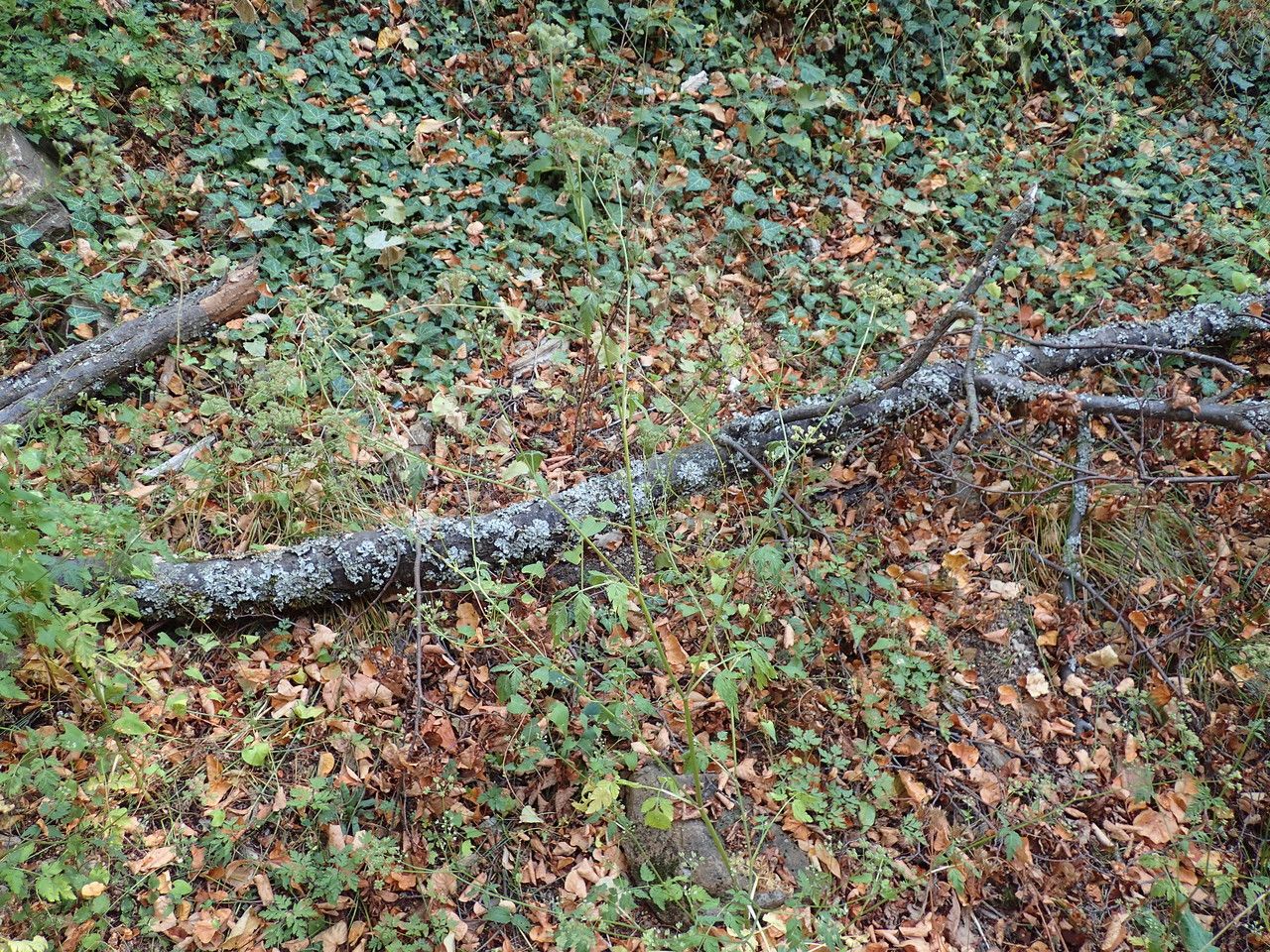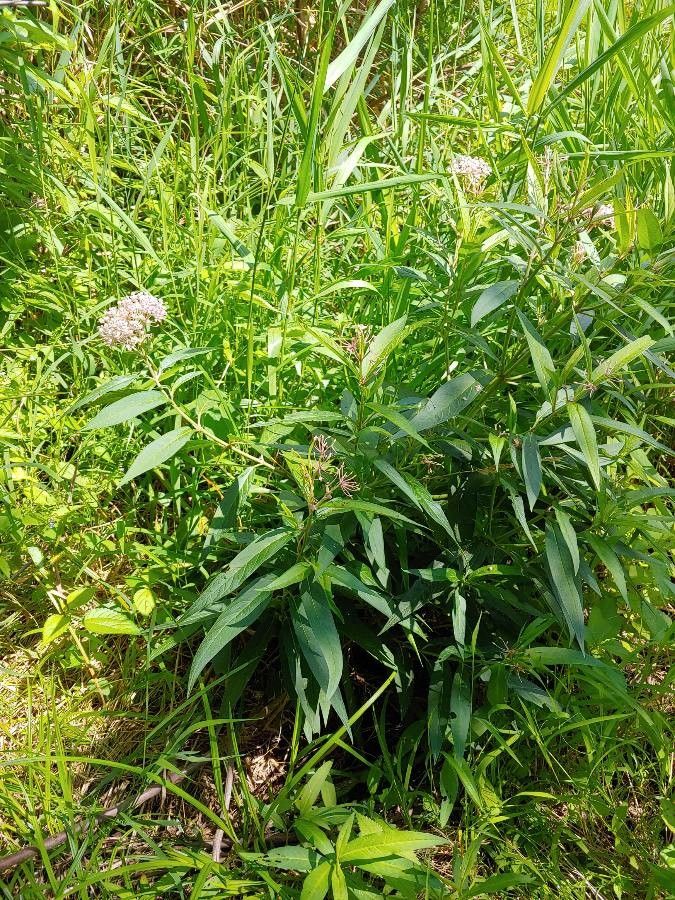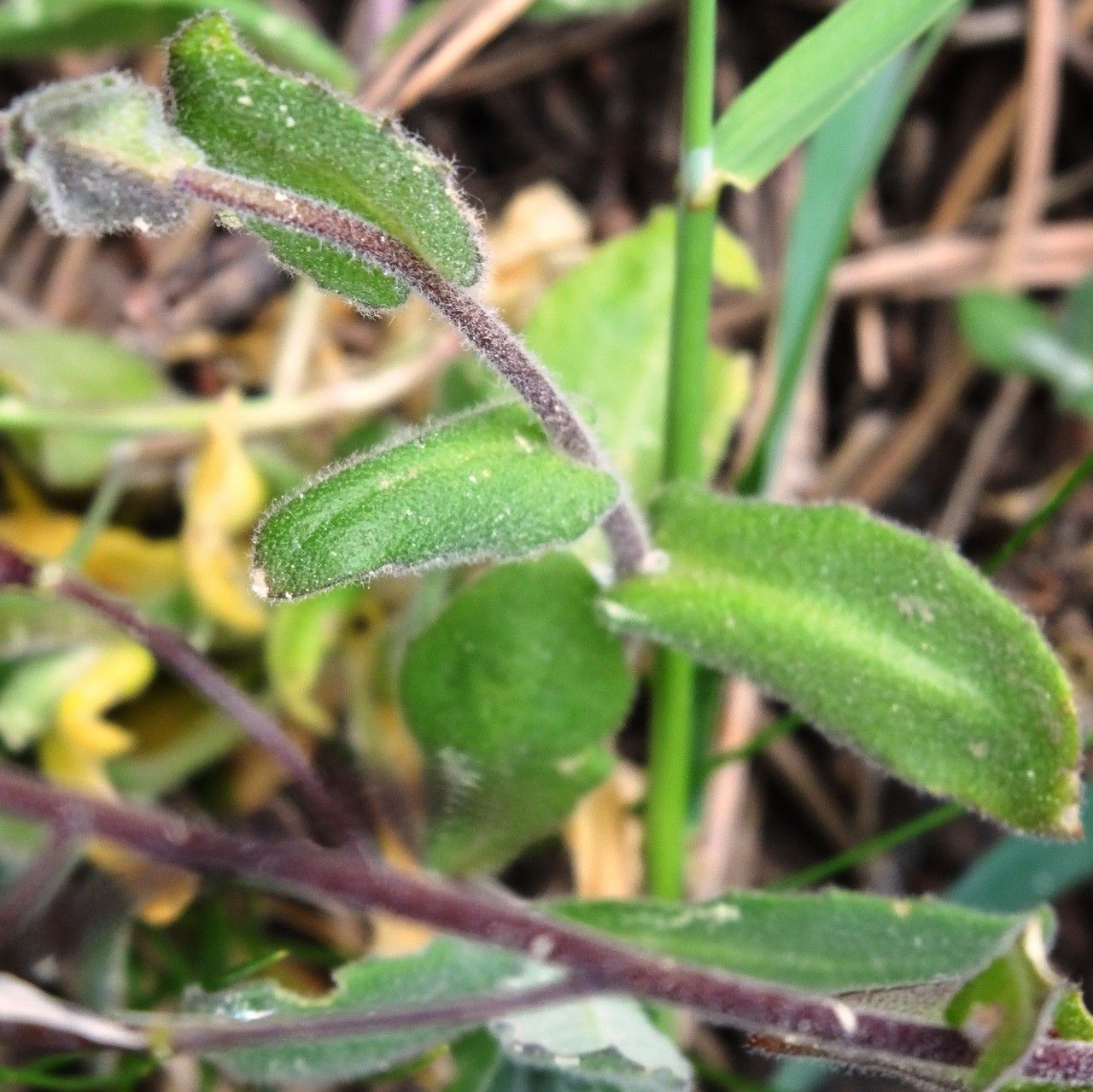### Hungarian Silver Linden: A Majestic Addition to Your Landscape
The Hungarian Silver Linden (*Tilia tomentosa*), also known as Silver Lime, is a striking deciduous tree prized for its silvery-white foliage and fragrant, honey-scented flowers. Native to southeastern Europe and southwest Asia, this elegant tree is a popular choice for parks, gardens, and streetscapes worldwide. Its beautiful appearance and relatively low maintenance requirements make it a rewarding addition to any landscape.
### Identification and Characteristics
The Hungarian Silver Linden is easily recognizable by its heart-shaped leaves, which are covered in fine, silvery hairs on their undersides, giving them a distinctive silvery-green hue. This feature is especially prominent when the wind rustles the leaves. The tree can grow to a substantial size, reaching heights of 40-60 feet and spreading equally wide. In late summer, it produces delicate, creamy-white flowers that are highly attractive to bees and other pollinators. These flowers yield a sweet-smelling nectar, contributing to the tree's delightful fragrance.
### Habitat and Growth
The Hungarian Silver Linden thrives in full sun to partial shade. While it tolerates some shade, optimal growth occurs in locations receiving at least six hours of direct sunlight daily. The tree is relatively adaptable to various soil types but prefers well-drained, fertile soil that is slightly acidic to neutral (pH 6.0-7.5). Heavy clay soils should be avoided, as they can lead to poor drainage and root rot. It's relatively drought-tolerant once established but benefits from regular watering, especially during extended dry periods.
### Planting and Care
When planting a Hungarian Silver Linden, select a location that provides ample space for its mature size. Dig a hole twice as wide as the root ball and plant at the same depth it was growing in its container. Water thoroughly after planting and mulch around the base to retain moisture and suppress weeds. Regular watering, especially during the first year, is crucial for successful establishment. Pruning is generally not required unless there are dead or damaged branches. It’s best to prune in late winter or early spring.
### Pest and Disease Resistance
Generally, the Hungarian Silver Linden is quite resistant to pests and diseases. However, it can be susceptible to certain fungal diseases, particularly in poorly drained soils. Ensuring good air circulation around the tree can help prevent fungal problems. Regular monitoring for pests and diseases is recommended, and appropriate treatment should be applied if necessary.
### Uses and Benefits
Beyond its ornamental value, the Hungarian Silver Linden provides several benefits. Its fragrant flowers are a valuable source of nectar for bees, making it a great addition to pollinator gardens. The wood is also used in woodworking and for creating musical instruments. The tree's broad canopy provides shade, reducing energy consumption in buildings.
### Conclusion
The Hungarian Silver Linden is a magnificent tree that offers beauty, fragrance, and environmental benefits. Its relative ease of care and adaptability make it a fantastic choice for a wide range of landscapes. By following these guidelines, you can ensure the healthy growth and long life of this stunning specimen.
Hungarian Silver Linden: Planting & Care Guide

Frequently Asked Questions
How to care for a Hungarian Silver Linden tree?
Provide at least six hours of sunlight, well-drained soil (slightly acidic to neutral), and regular watering, especially during the first year and dry spells. Minimal pruning is usually necessary, focusing on dead or damaged branches in late winter/early spring. Monitor for diseases, particularly in poorly drained areas.
What type of soil does a Hungarian Silver Linden need?
Hungarian Silver Linden prefers well-drained soil that is slightly acidic to neutral (pH 6.0-7.5). Avoid heavy clay soils which can lead to poor drainage and root rot. Fertile soil is optimal for healthy growth.


